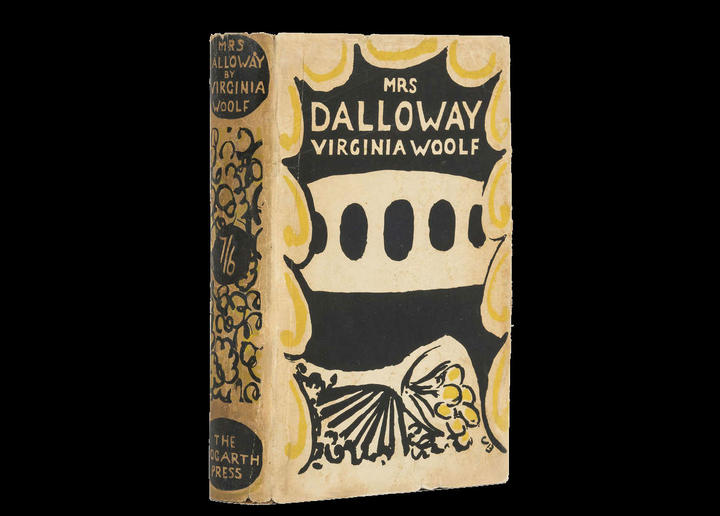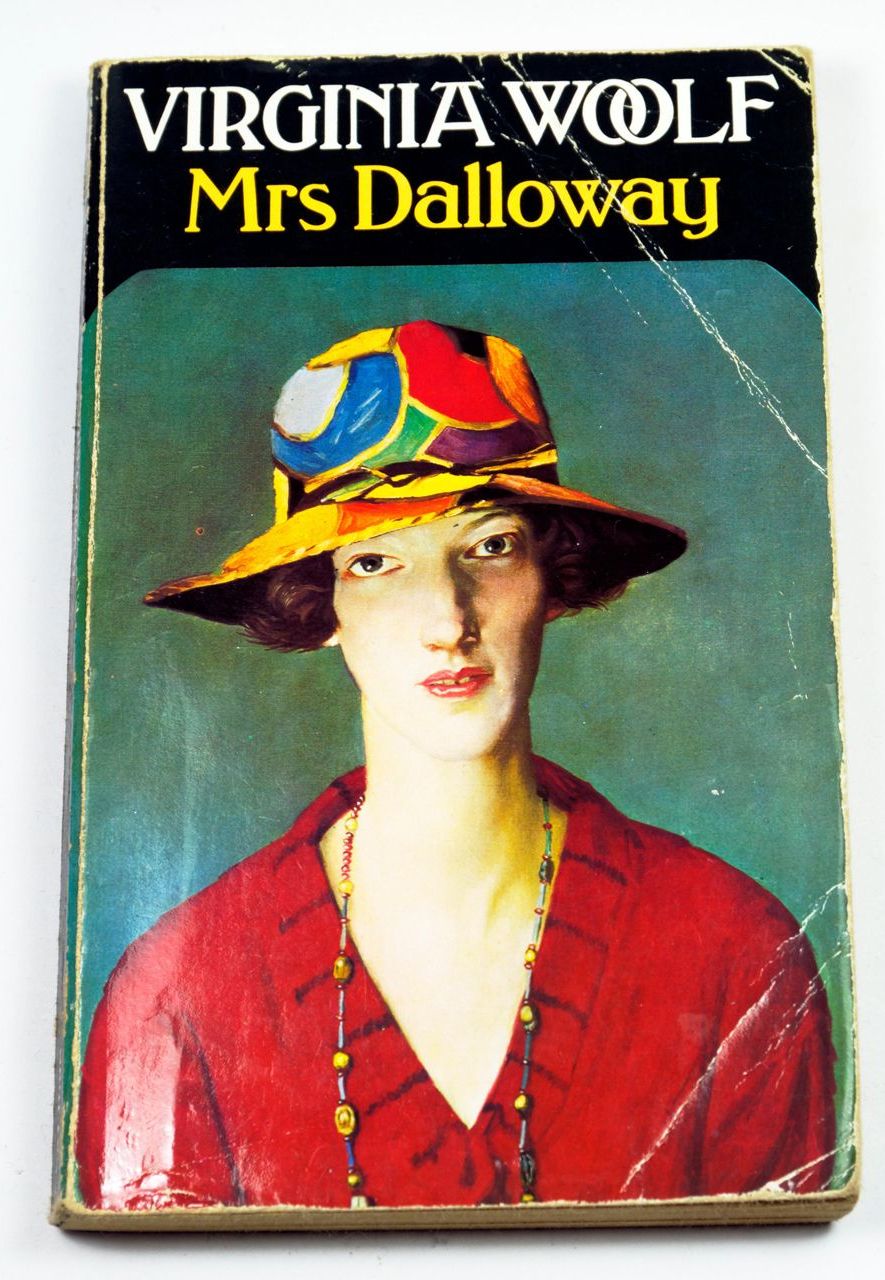

Dalloway focuses on the aftermath of World War I. While Jacob’s Room comments on the antecedents that made England’s involvement in World War I an inevitability, Mrs. The notion of “society’s machinery,” as depicted in Woolf’s novels, is the idea that Woolf’s society is built on upholding certain beliefs that are systematically ingrained in its citizens, whether through institutionalized means or by conforming to the attitudes around them. The Focus of Woolf’s Critique The governing party advocated stoicism and resuming life just as it was before World War I. As the narrator exposes the minds of the people she sees, the reader observes how thoughts of the war intersperse themselves among the mundane, refusing people the ability to guiltlessly move on with their lives. Dalloway, her circle of acquaintances and friends, the returning soldier Septimus Smith, and their activities over the course of a day. And instead of tracking the brief life of a male youth since childhood, the story focuses primarily on Mrs.

All characters-significant or insignificant-have their thoughts laid bare for the reader’s perusal, as opposed to the limitations that were placed on the reader’s perception of Jacob in the former. Dalloway is set five years after the end of World War I instead of taking place in the years leading up to it. However, there are several aspects of the latter novel that sets it apart from the former: Mrs. A great deal of Woolf’s novel takes place in the streets of 1920s London. Dalloway employs stream of consciousness-a manner of writing in which characters’ thoughts and perceptions are presented in random succession. The form of my argument is comprised, as with my other articles, of close analyses of specific passages that reflect on Woolf’s broader messages. This article is one of a series of three discussing Woolf’s novels, Jacob’s Room, Mrs. Dalloway is a novel whose narrator immerses herself within the beliefs perpetuated by society’s machinery.īut instead of doing so in the manner of a blind follower, the narrator does so as a scrutinizing commentator-a method that allows Woolf to portray the consequences of World War I on British society, and how the same government that led its people into the war is incapable of tending to its citizens in the aftermath. Dalloway-published three years later in 1925. Filled with deep contemplation and an overwhelming sense of longing and loss, each subsequent story builds off of a discussion she began in her first published novel: Jacob’s Room.Īfter Jacob’s Room, Woolf went on to write what would become another one of her most famous works: Mrs. One of the most influential people of the modernist period, Virginia Woolf’s writing style and portrayal of characters are unlike any other’s.

Dalloway: A Society Brooding in the Aftermath


 0 kommentar(er)
0 kommentar(er)
